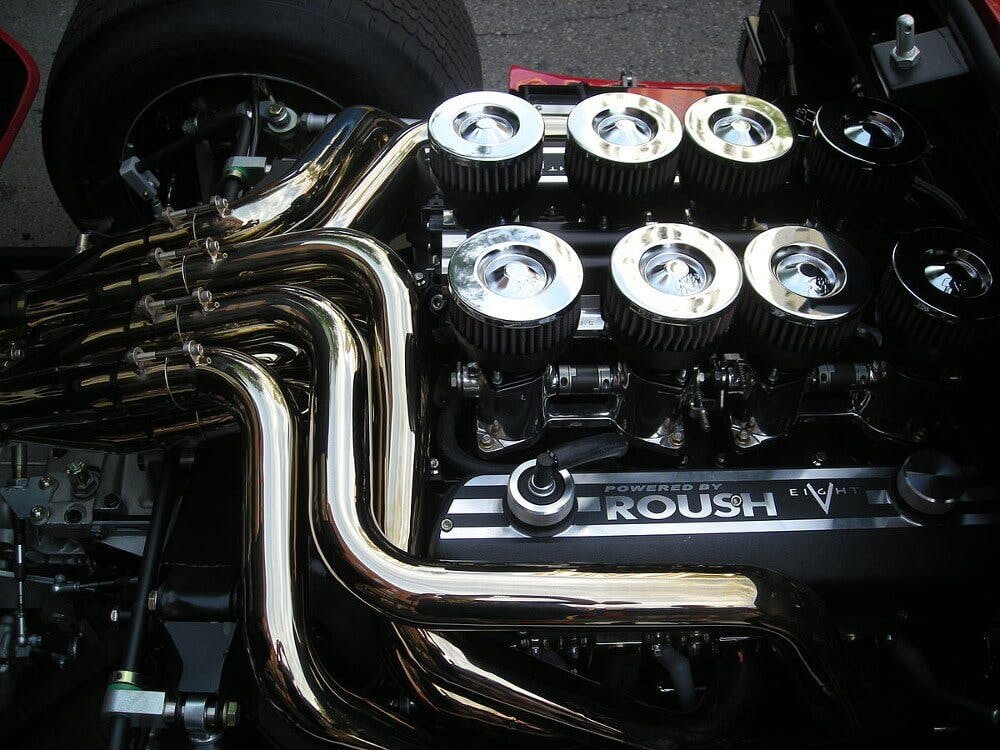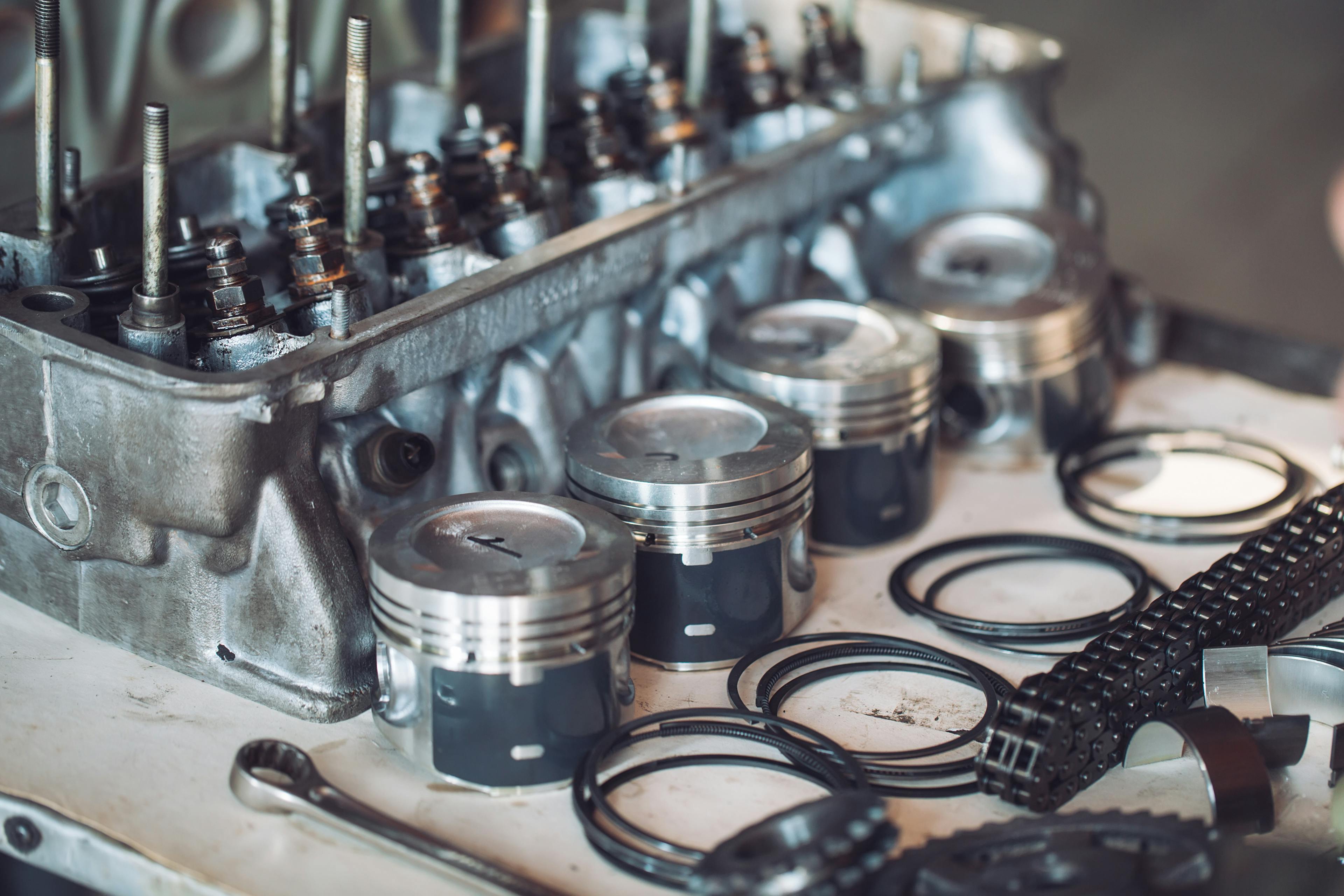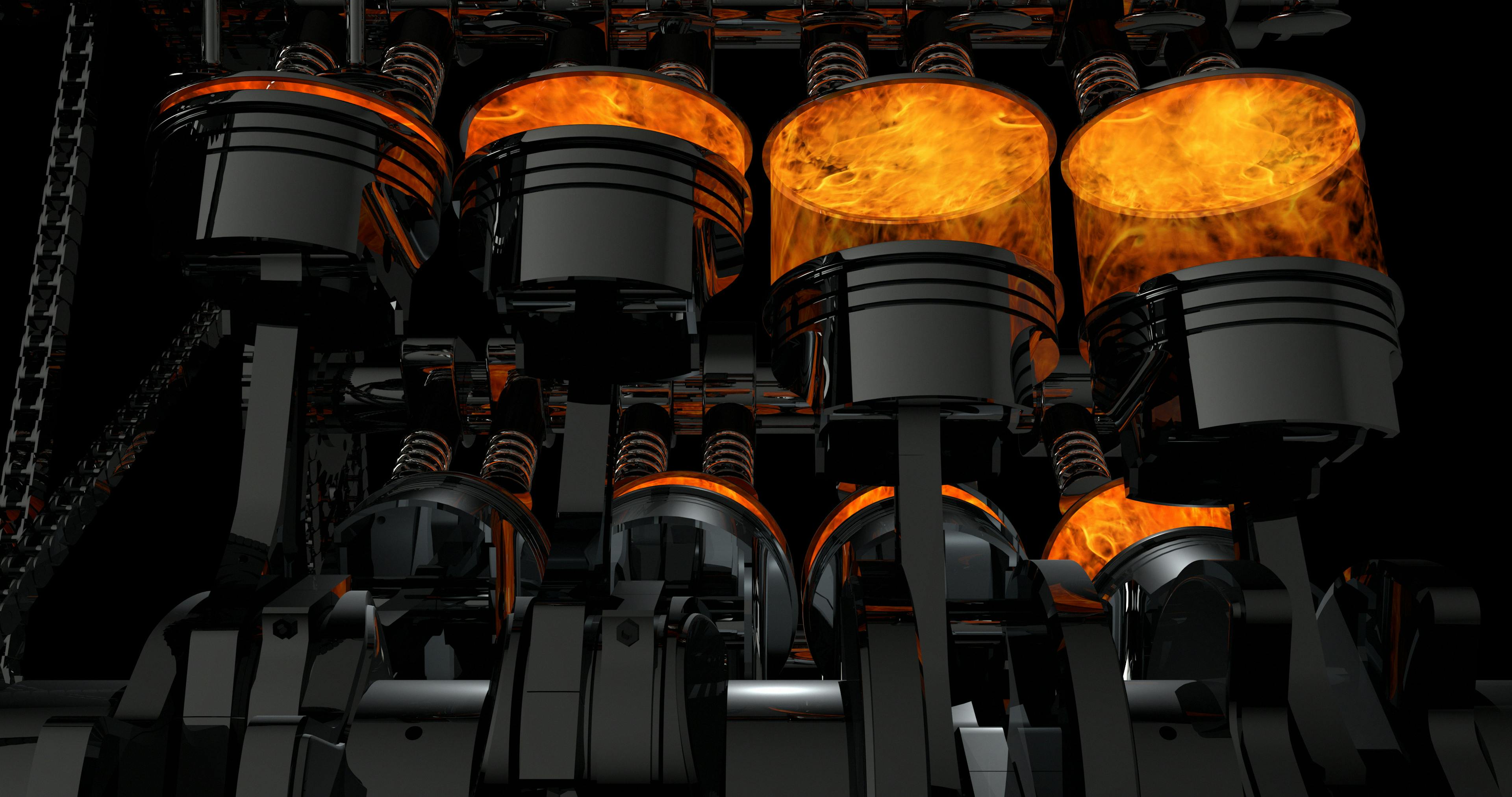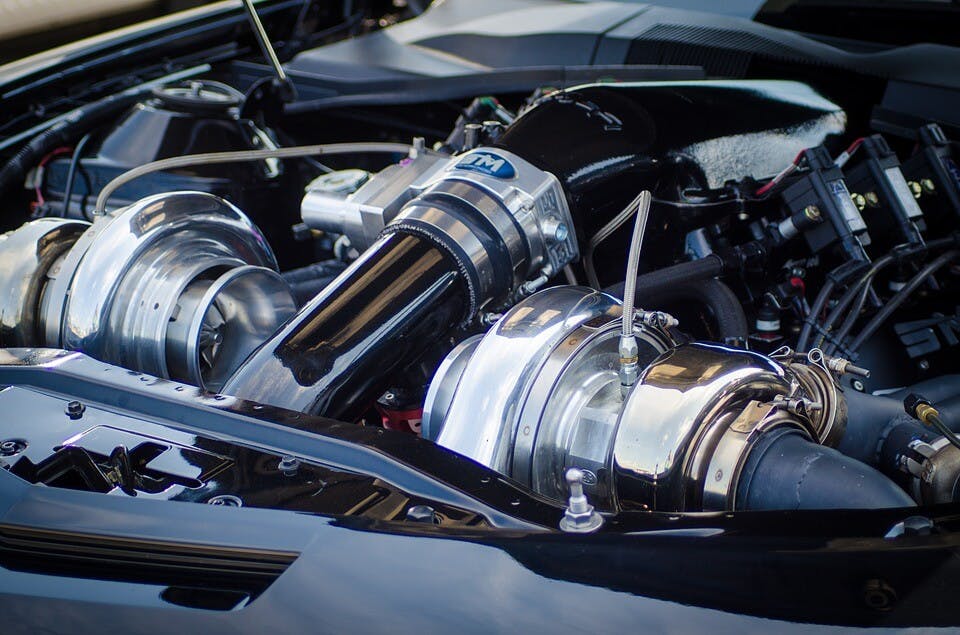Tuned exhaust manifolds: Increase engine performance

Replacing the stock exhaust pipes with tuned exhaust pipes is one of the basic and widespread engine modifications. But what do you achieve with such a modification, and what is the difference between regular leads and tuned leads?
We will dive into the topic soon, but first, let's say a few words about what the exhaust manifolds are actually used for.
Indholdsfortegnelse
Exhaust manifolds function
The exhaust manifolds are composed of a group of pipes that lead from the cylinder head and merge into one pipe at their end. It is a pipe that diverts gases from the cylinder head directly to the exhaust pipe.
Exhaust manifolds are usually made of cast iron. The speed of movement of exhaust gases is affected by the length, width, and shape of the exhaust pipes. If the pipes are short and wide, the gases will quickly lose their velocity after they leave the cylinder head.

Exhaust system: What are its main components?
However, if the exhaust pipes are long and narrow, the speed is maintained and the gases reach the exhaust pipe more quickly.
Tuned exhaust manifolds
Tuned exhaust manifolds are often a very underrated component when modifying an engine. The relatively high price for such modification may be the reason why it's quite underrated.
The truth is that without modification, or replacement of regular exhaust manifolds with tuned exhaust manifolds, all other changes of the exhaust pipe are literally useless. Regular leads are usually restrictive, and the power losses are significant because the pistons have to literally push the exhaust gases out of the cylinder.

Engine Pistons: How do they work?
Regular exhaust manifolds are cheap and easy to manufacture, which is precisely why manufacturers install them in their cars. Tuned exhaust manifolds are a much better alternative to stock manifolds because they have precisely shaped pipes that smoothly merge into one larger pipe.
Modified exhaust manifolds are lighter and have less flow resistance, thanks to which they can more efficiently remove exhaust fumes from the engine compartment. However, tuned exhaust manifolds must be precisely adapted to a specific engine type, and usually cannot be constructed at home, as many amateurs try to think.
In the case of homemade exhaust manifolds, it may happen that the performance of your car not only does not increase but even decreases.
Several tests must be completed before the exhaust manifolds can be modified. If you are not able to determine what type of exhaust pipes you need, many companies will adjust the exhaust pipes exactly according to your needs and for your type of engine, so it is better to pay extra and leave this work to professionals.
Effect of length and width of the exhaust pipes on the performance

- The shorter length and larger diameter of the exhaust pipes - it is more suitable for high-speed engines that often work at full load.
- Longer exhaust pipes with a smaller diameter are suitable for a better flow of torque.
For power solutions, it is recommended to use larger diameter (wider) downpipes. However, everything has its limits. It makes no sense to increase the diameter of the exhaust pipes for an atmospheric engine by more than 20%.
An excessive change in diameter will affect the pulsation of pressure waves in the pipeline, and the engine will thus lose back pressure in the exhaust system, which is very important for proper cylinder flushing.

Engine Power And Torque: Which of these parameters is more important?
The loss of back pressure in the exhaust system will cause the engine to not have the original power at low and medium speeds as it had with regular exhaust manifolds.
How does the number of exhaust manifolds affect engine performance?
The different lengths of the individual branches on the series exhaust pipes prevent the exhaust gases from being perfectly parallel. The different length of the branches of the series of downpipes causes the exhaust gases to collide as they exit the downpipes.
This causes different swirling of the exhaust gases, different back pressures, and other phenomena that lead to incomplete flushing of the exhaust gases from the cylinder head and, thus, to a reduction in performance.
With tuned exhaust manifolds for four-cylinder engines, two solutions connect individual branches, either 4-2-1 or 4-1. What is the difference between these two solutions?
Tuned exhaust manifolds 4-2-1:
It means that the four branches of the exhaust pipes leading from the cylinder head are combined into two branches and then into one. With such a solution of the exhaust pipes, the performance will increase in the entire upper-speed range along with the torque.
In practice, this means that the increase in power will be noticeable from the middle range of revolutions, but it will not be as great as with the 4-1 solution.
Tuned exhaust manifolds 4-1:
It means that the four branches leading from the cylinder head will join at their end to form one larger branch. Such a solution of exhaust pipes is intended for maximum performance. However, the engine will only work optimally in a narrow range of revolutions.
In practice, this means that you will feel the increase in power only at high revs, and in the middle range of revs, the power will be approximately the same as with regular exhaust manifolds. The 4-2-1 solution is, therefore, much better for normal driving. You will not achieve such a big increase in power as with the 4-1 solution, which is especially suitable for cars that fully utilize maximum power.
Exhaust manifolds and thermal insulation tape
To achieve the maximum effect, the tuned exhaust pipes are coated with heat-insulating, non-flammable material or wrapped with heat-insulating tape, accelerating the flow of exhaust gases, and leading to a better engine willingness to rev.
Wrapped downpipes or exhaust pipes keep the exhaust gases hot (cooled exhaust gases lose speed) and thus ensure faster and more efficient emptying of the exhaust system.
Tuned exhaust manifolds and their advantages
- The power increase is approximately 5 and 10%, depending on the engine type.
- The composition of the exhaust gases does not change only with tuned exhaust pipes, so you do not have to worry about emission control.
- Cars with catalytic converters on the standard exhaust manifolds can expect an even more significant performance increase, thanks to a catalytic converter's absence.
- Downpipes are made of high-quality stainless steel (longer life)
- Tuned exhaust pipes are lighter (weight reduction). Tuned exhaust pipes are, therefore, a perfect solution to increase the performance engine.